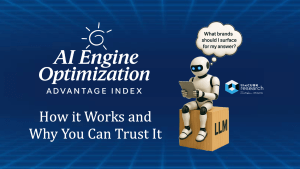Google Cloud’s One AI Infra initiative represents a comprehensive approach to unifying infrastructure for AI workloads, offering developers a scalable, cost-optimized, and open ecosystem for training and inference. Designed to handle everything from large-scale model training to efficient, low-latency inference, One AI Infra integrates hardware acceleration, open software frameworks, and Kubernetes-native orchestration.
With support for NVIDIA GPUs, Google TPUs, advanced workload scheduling, and deep integration with open source tools like Ray, vLLM, and Kueue, this infrastructure stack positions itself as a foundation for modern AI development at scale.
Core Capabilities
AI-Optimized Hardware and Software Stack
One AI Infra supports a wide array of hardware accelerators (GPUs, TPUs, and CPUs) combined with object, block, and file storage. It pairs this with industry-leading software frameworks such as JAX, PyTorch, JetStream, Keras, and XLA. Developers could benefit from workload-specific optimizations that improve throughput, latency, and cost-efficiency.
Flexible Consumption and Intelligent Scheduling
Dynamic Workload Scheduler (DWS) provides developers with flexible provisioning models, including on-demand, committed-use, and spot pricing. The goal is to maximize goodput, reduce idle capacity, and enable elastic training for large models.
Open Standards and OSS Contributions
Google Cloud continues to contribute upstream to Kubernetes, Kueue, and vLLM, aiming to ensure that core orchestration and model serving layers remain performant and adaptable. These contributions also support use cases such as multi-host inferencing and low-friction switching between hardware backends.
Managed AI Services and Kubernetes Integration
Vertex AI and GKE (Google Kubernetes Engine) serve as the orchestration backbone. Developers can run distributed ML workloads on Ray with minimal DevOps overhead and deploy inference pipelines on GKE using Inference Gateway and Cloud Run. Vertex AI also supports faster training with reduced latency and simplified deployment workflows.
Training Workloads at Scale
For training large-scale models, One AI Infra combines reliability, scalability, and cost efficiency. GKE supports clusters of up to 65,000 nodes, while Pathways and Cluster Director reduce operational friction. Developers can achieve predictable training performance and reduced time to value through DWS-based scheduling and intelligent cluster management. OSS enhancements ensure Kubernetes remains the preferred platform for AI training.
Optimizing AI Inference
Inference is addressed with a stack designed for price-performance, horizontal scalability, and low latency. Inference Gateway improves GPU/TPU resource availability by routing traffic based on objective-based serving policies. Quickstart tools guide developers on optimal accelerator selection, model server configuration, and scaling strategies. This may result in up to 30% cost savings and 60% latency reduction for production workloads.
Platform and Developer Experience
One AI Infra prioritizes usability for platform engineers and developers. Through the GKE console, teams can discover and deploy models from Hugging Face and the Model Garden. LoRA-based fine-tuning claims to enable up to 80% efficiency improvements by reducing the number of accelerators required for inference. The Ray kubectl plugin simplifies distributed compute orchestration by abstracting setup complexity, allowing developers to quickly scale workloads across clusters.
Why This Matters
As enterprise AI adoption accelerates, developers are under pressure to move quickly while managing cost, complexity, and scale. One AI Infra aims to address these needs by offering a cohesive infrastructure that is optimized for performance, operational simplicity, and cost-efficiency. Its Kubernetes-native design and commitment to open standards may provide developers with a future-proof foundation for building, deploying, and scaling AI applications.
Whether fine-tuning open models, orchestrating large language models across regions, or deploying inference pipelines with serverless GPU support, One AI Infra may offer developers the tools and flexibility needed to stay competitive.



